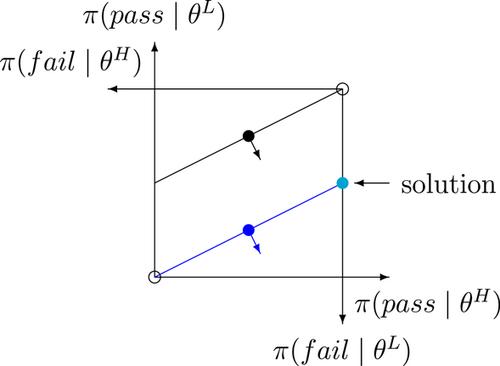Setting an exam as an information design problem
IF 0.7
4区 经济学
Q4 ECONOMICS
引用次数: 0
Abstract
We take a teacher's exam-setting task as an information design problem. Specifically, the teacher chooses a conditional distribution of grades given students' types. After observing their exam results, each student updates her belief regarding her type via Bayes' rule and chooses an action. Students' reactions to the same exam result could be different, depending on their heterogeneous prior beliefs. The teacher's objective is to persuade students to take a certain action (e.g., applying to universities), which some may not choose without an exam. The teacher adopts different grade distributions, depending on the teacher's and the students' heterogeneous prior beliefs.

将考试设置为信息设计问题
我们把教师的考试任务看作是一个信息设计问题。具体来说,教师根据学生的类型选择一个有条件的分数分布。在观察他们的考试结果后,每个学生通过贝叶斯规则更新她对自己类型的信念,并选择一个行动。学生对同样的考试成绩的反应可能是不同的,这取决于他们不同的先验信念。老师的目的是说服学生采取某种行动(例如,申请大学),有些人可能不经过考试就不会选择。教师采用不同的年级分布,这取决于教师和学生的异质性先验信念。
本文章由计算机程序翻译,如有差异,请以英文原文为准。
求助全文
约1分钟内获得全文
求助全文

 求助内容:
求助内容: 应助结果提醒方式:
应助结果提醒方式:


